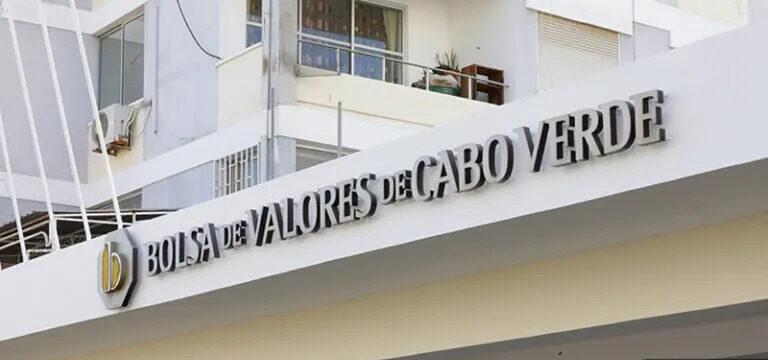Cape Verde, an archipelago located off the northwest coast of Africa, has been steadily growing as an economic hub in the region.
Its history of trade and maritime activities has been pivotal in forming its modern economic structure.
The Cape Verde Stock Exchange (CVSE) establishment in May 1998 marked a significant milestone in the nation’s efforts to integrate into the global economy and attract foreign investments.
This move was seen as part of Cape Verde’s broader vision of economic diversification and modernization.

The CVSE chairman, Miguel Monteiro, recently forecasted adding two more companies to the exchange this year, elevating the total number of listed firms to six.
This aligns with the exchange’s strategic ambition to have at least 10 companies listed by 2025.
As of now, the CVSE boasts four prestigious listed companies, namely Banco Comercial do Atlântico, Enacol, Caixa Económica de Cabo Verde, and Sociedade Cabo-Verdana de Tabaco.
Rumors have been circulating about the potential listing of Cabo Verde Telecom, the leading telecom provider of the nation, especially since its shareholders gave the green light for its listing back in 2018.
However, this prospect remains unrealized.
Monteiro chose not to disclose the name of the other potential listing but was optimistic that with an overhaul of the regulations by the Securities Market Audit Authority, the CVSE’s objectives could be accomplished more swiftly.
A primary concern for the CVSE has been the minimum equity value requisite for company listing.
Currently set at 100 million escudos (€906,000), it’s a threshold Monteiro deems too steep, especially considering that a staggering 99% of Cape Verde’s enterprises are of micro to medium stature.
In comparison, stock exchanges in countries like Angola, Mozambique, Georgia, Mauritius, and Seychelles maintain a much lenient threshold.
Based on these international standards, Monteiro proposes a potential decrease to below 50 million escudos for Cape Verde.
In addition to this, Monteiro accentuated the adversity encountered by numerous thriving local companies that are barred from listing on the CVSE due to the existing stringent capital prerequisite.
He highlighted the potential repercussions of these conditions, which might tarnish Cape Verde’s position on the World Bank’s ‘Doing Business’ index, given that countries gain an advantage by having at least 10 companies listed on their national stock exchanges.

